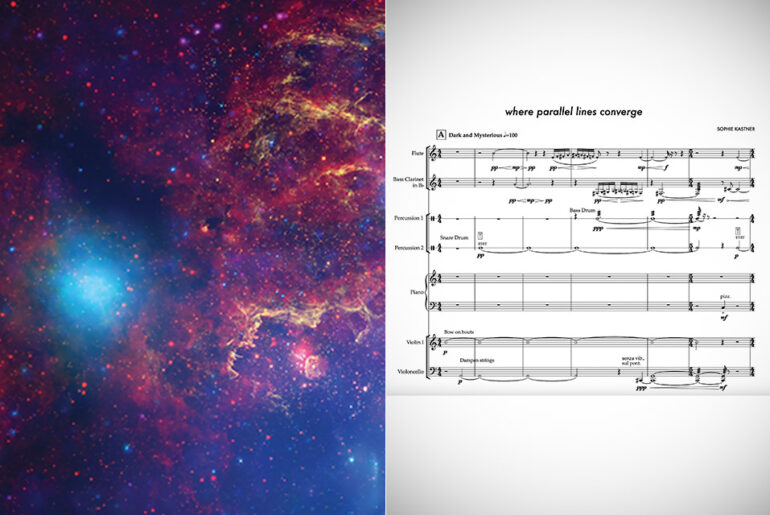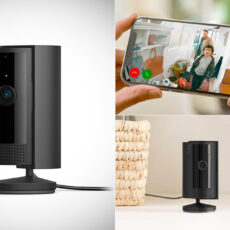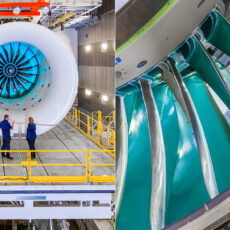
Composer Sophie Kastner teamed up with researchers to develop versions of NASA telescope data that can actually be played by musicians. This pilot program is currently focusing on a small region at the center of our Milky Way galaxy where a supermassive black hole resides.
Why this region? NASA has telescope data from the Chandra X-ray Observatory, Hubble Space Telescope, and now retired Spitzer Space Telescope, which spans about 400 light-years across. Computers then used algorithms to mathematically map the digital data from these telescopes to sounds that humans can perceive. We’d imagine Google’s MusicLM would generate something completely different-sounding if the right text prompt was inputted.
- Music Production and Beat Maker Essential -USB powered MIDI controller with 25 mini MIDI keyboard velocity-sensitive keys for studio production,...
- Total Control of your Production - Innovative 4-way thumbstick for dynamic pitch and modulation control, plus a built-in arpeggiator with adjustable...
- Native Kontrol Standard (NKS) Integration - Akai Professional and Native Instruments have partnered to bring NKS support to the MPK Controller series,...
I like to think of it as creating short vignettes of the data, and approaching it almost as if I was writing a film score for the image. I wanted to draw listener’s attention to smaller events in the greater data set,” said Sophie Kastner, a composer and vocalist located in Montreal.







